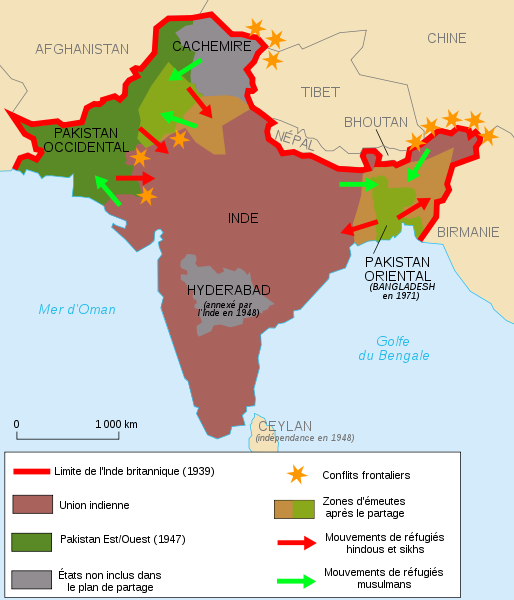In 1813, the Company lost its trading monopoly, and becomes an instrument of British government and the army absorbs half of its budget expenditures; Persian is replaced by English as the official language.
In 1857, the sepoys (native troops under British command) mutiny and insurrection quickly wins the Ganges Valley, and is violently crushed with military aid from the metropolis.
The Company is removed and cedes power to the British Crown, the colonial government is overseen from London by the India Office (Department of genuine India).
India during the colonization


